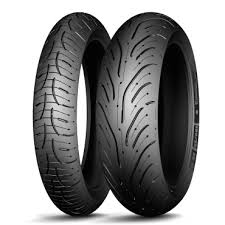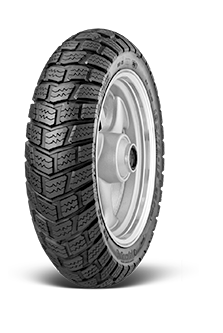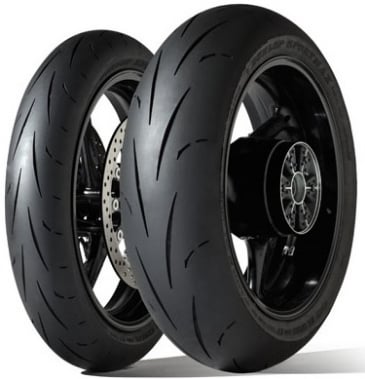|   
YOUR TYRES ARE LEGAL IN THE UK, IF...... MOTORBIKES & SCOOTERS 50cc AND OVER
at least 1mm depth of tread round a constant band of the central three quarters of the tyres width and visible tread pattern on the rest. SCOOTERS AND MOPEDS LESS THAN 50cc
visible tread around the whole of the tyre. CARS
at least 1.6mm depth of tread round a constant band of the central three quarters of the tyres width and visible tread pattern on the rest. FOR ALL VEHICLES
your tyres must be compatible with the types of tyres fitted to the other wheels. Apart from the obvious that the tyre size must be suitable for the wheel and vehicle, the tyres construction must be compatible between all tyres. There are 3 types of tyre construction - RADIAL (denoted by an R in the tyre size marking i.e 180/55ZR17) BIAS BELT (denoted by a B in the tyre size marking i.e 150/70VB17) CROSS PLY (denoted by a - in the tyre size marking and also known as BIAS PLY i.e 90/90-21 ) These construction types can only be mixed in certain combinations on a vehicle otherwise the different characteristics of the constructions can make the vehicles handling dangerous and would also be an MOT failure. The majority of modern vehicles use RADIAL construction, however for certain vehicles such as some off road bikes and cars, smaller capacity motorcycles, cruiser bikes, scooters and some older cars non radial tyres are recommended. The allowable combinations are: - CROSS PLY front, rear CROSS PLY
- CROSS PLY front, rear BIAS BELTED
- CROSS PLY front, rear RADIAL
- BIAS BELTED front, rear BIAS BELTED
- BIAS BELTED front, rear RADIAL
- RADIAL front, rear RADIAL
ALSO - tyres must not have any lump, bulge or tear as this is probably caused by separation or partial failure of the structure - tyres must not have a cut or tear in excess of 25mm or 10% of the width of the tyre, whichever is the greater, and which is deep enough to reach the ply or cord - tyres must not have any part of the ply or cord exposed REMEMBER these are the minimum legal requirements. Your tyres are all that's holding you to the road and for safety, especially in the wet, it is recommended that you replace the tyres on your vehicle when the tread depth reaches 2mm. This is already a legal requirement in other European countries. Maintain the correct air pressure in your tyres and they will last longer, drive smoother and grip better. The correct tyre pressures will be in the vehicles handbook or maybe on a sticker attached to the vehicle. Tyres with too much air in them will wear out quickly in a band round the centre of the tread and give a harsh ride and reduced grip. Too little air and the outer edges will wear quickly, you'll have reduced grip and an imprecise feel to the handling. Check pressures before a journey when tyres are cold as warm tyres can show an increase in pressure of up to 4psi. Contact Rubber Ranch today
07970 52 10 52
|